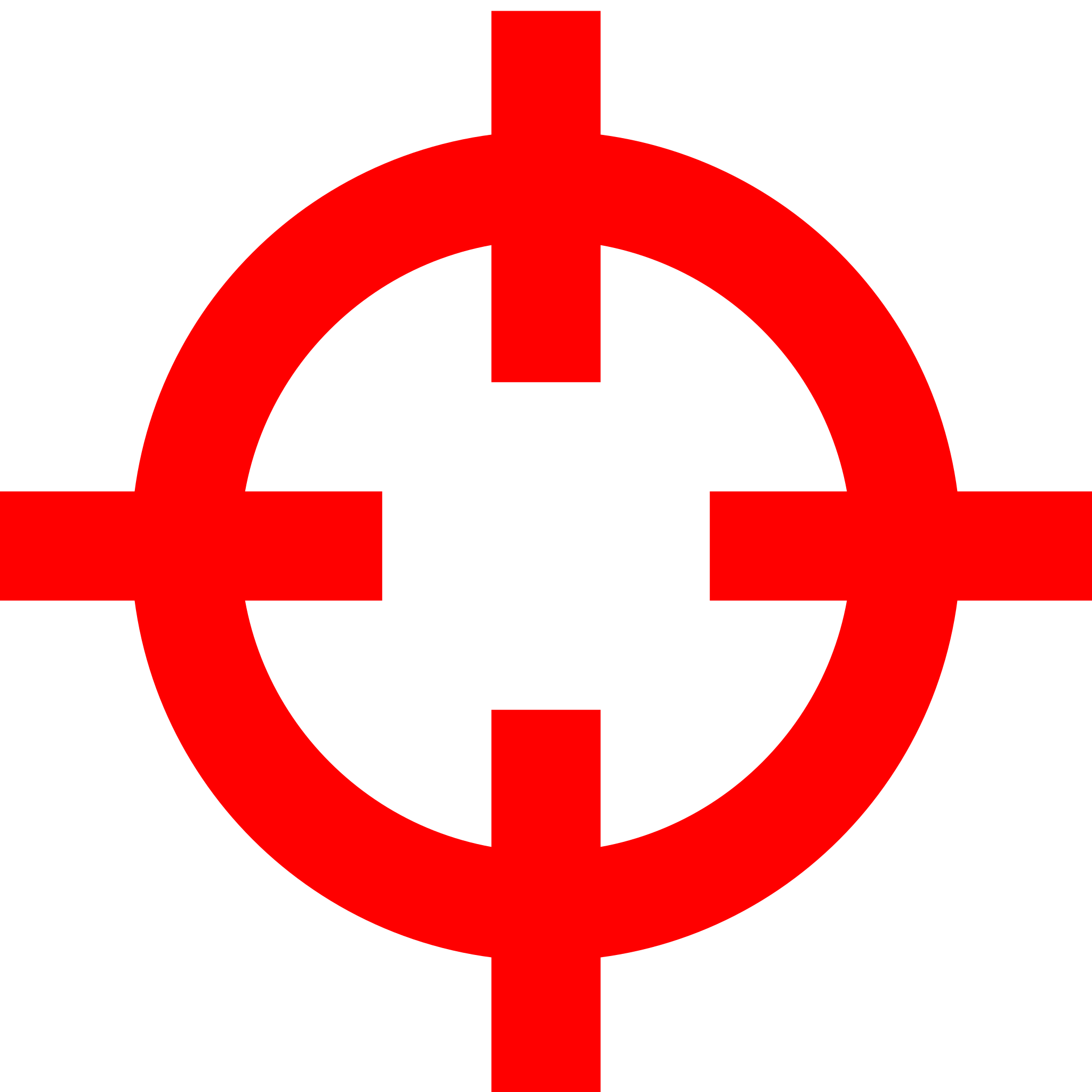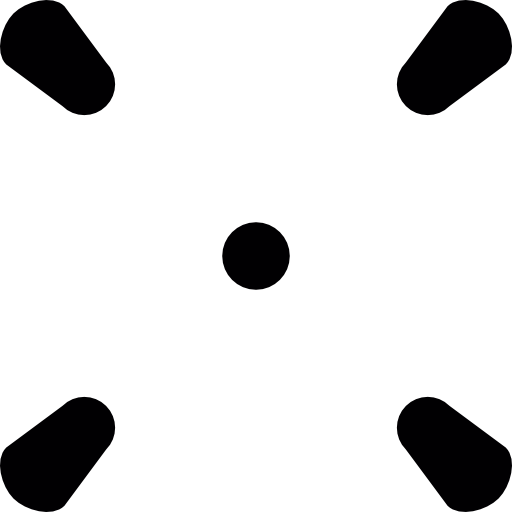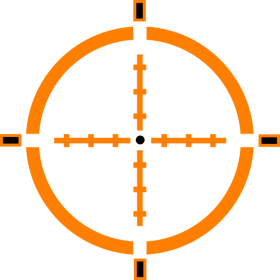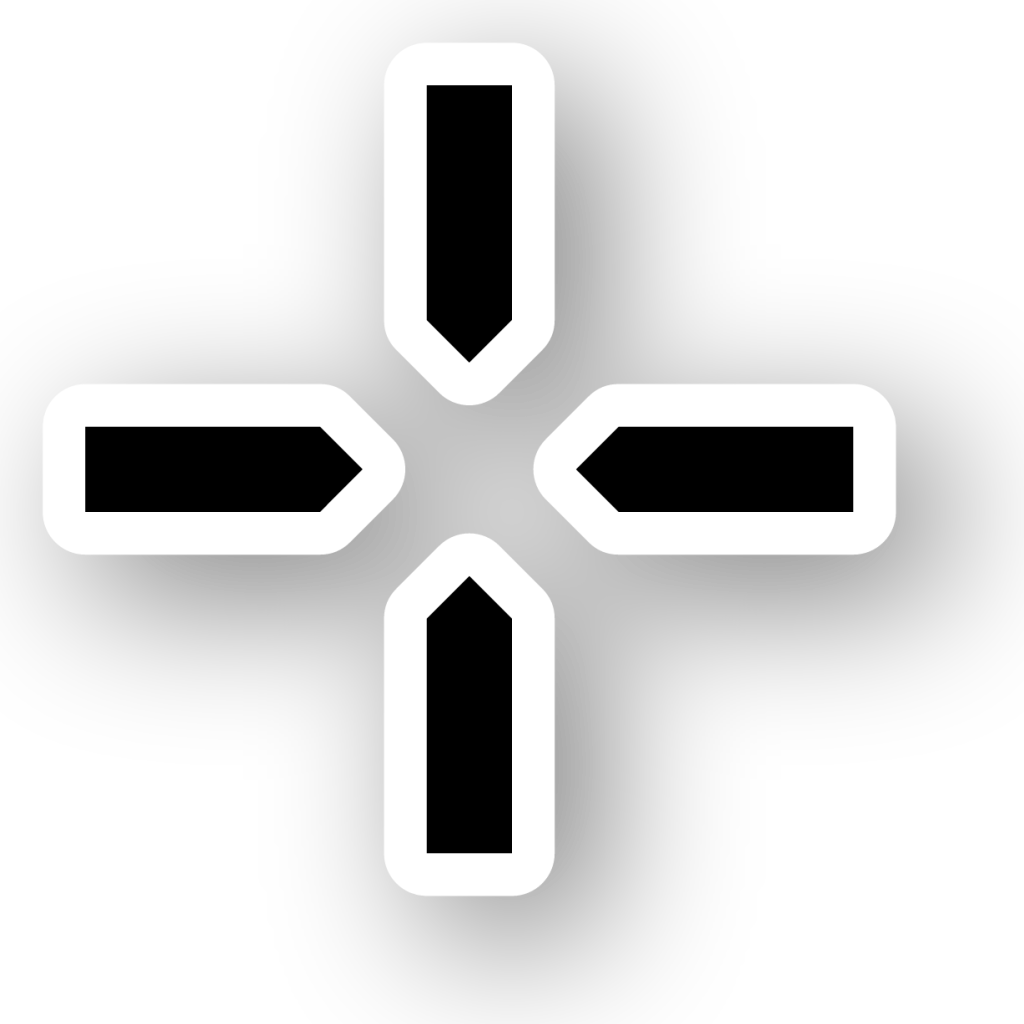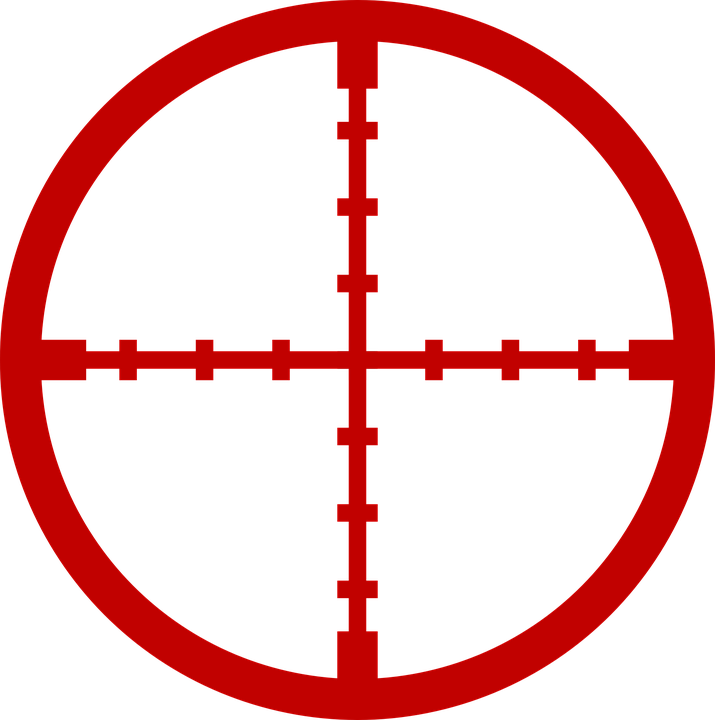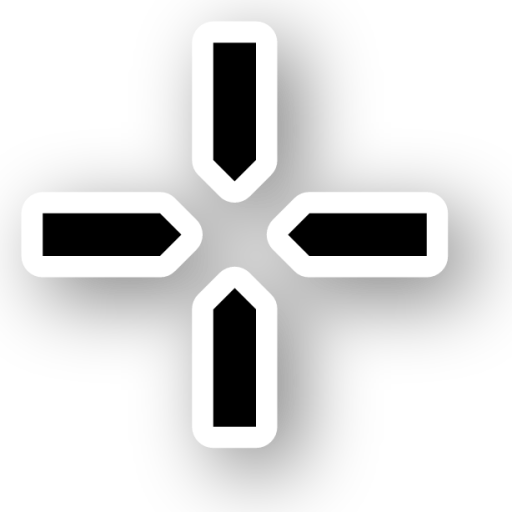Download top and best high-quality free Crosshair PNG Transparent Images backgrounds available in various sizes. To view the full PNG size resolution click on any of the below image thumbnail.
License Info: Creative Commons 4.0 BY-NC
A crosshair, also known as a reticle, is a visual marker found on many sighting devices such as telescopes, scopes, and gunsights. It is a small, cross-shaped marking that helps the user to aim at a particular target and ensure that the shot is on-target. Crosshairs are commonly used in many different settings, including hunting, sniping, marksmanship, and even in video games where precise aiming is necessary.
Types of Crosshairs
There are different types of crosshairs that are used depending on the application and the user’s preferences. Some of the most common types of crosshairs include:
- Single crosshair – features one, simple crosshair that intersects at the center of the sight picture
- Mil-dot crosshair – features dots or hash marks that are used to calculate range and distance to the target
- Duplex crosshair – features thick outer lines and thinner inner lines, which help to provide contrast against different backgrounds
- Circle dot crosshair – features a small circle with a dot in the center, which helps to quickly center the target and ensure accurate aim
How to Use a Crosshair
When using a crosshair for aim and targeting, it is important to keep a few basic guidelines in mind:
- Center the crosshair – the user should aim to center the crosshair on the specific target they are aiming to hit
- Use the parallax adjustment – most sighting devices have a parallax adjustment knob or dial that can be used to fine-tune the sight picture and improve accuracy
- Understand the reticle subtensions – the user should be familiar with the different measurements and marks on their reticle, such as mil-dots or hash marks, which can help to estimate range and distance to the target
- Take factors like bullet drop and wind into account – different environmental factors can affect the trajectory of a bullet and cause it to miss the target, so it is important to adjust for these variables as needed
The Evolution of Crosshairs
Crosshairs have been used in various forms for hundreds of years, with the earliest known use dating back to the 14th century. At first, they were typically made of simple wire and were used to enhance the accuracy of telescopes and other sighting devices.
As the technology for firearms and other weapons evolved, so too did the design of crosshairs. They became more sophisticated and began to feature additional elements like dots, hash marks, and circles, which could help users better estimate range and distance to the target. In addition, the materials used to make crosshairs improved as well, with modern crosshairs often being made of materials like glass or synthetic fibers that are more durable and resistant to wear and tear.
Crosshairs are a vital tool for anyone who uses sighting devices for hunting, marksmanship, or other shooting sports. Whether you’re using a simple single crosshair or a more advanced reticle with additional markings, it is important to understand how to use the crosshair correctly and take into account factors like parallax, subtensions, and environmental variables. With proper use and care, a crosshair can help to improve your accuracy and shooting skills, making it a valuable asset for anyone who enjoys the thrill of shooting sports.
Download Crosshair PNG images transparent gallery
- Crosshair PNG
Resolution: 512 × 512
Size: 34 KB
Image Format: .png
Download
- Crosshair Transparent
Resolution: 2048 × 2048
Size: 57 KB
Image Format: .png
Download
- Crosshair
Resolution: 512 × 512
Size: 29 KB
Image Format: .png
Download
- Crosshair Background PNG
Resolution: 512 × 512
Size: 5 KB
Image Format: .png
Download
- Crosshair No Background
Resolution: 512 × 512
Size: 11 KB
Image Format: .png
Download
- Crosshair PNG Clipart
Resolution: 280 × 280
Size: 17 KB
Image Format: .png
Download
- Crosshair PNG Cutout
Resolution: 451 × 710
Size: 10 KB
Image Format: .png
Download
- Crosshair PNG File
Resolution: 1024 × 1024
Size: 63 KB
Image Format: .png
Download
- Crosshair PNG Free Image
Resolution: 512 × 512
Size: 10 KB
Image Format: .png
Download
- Crosshair PNG HD Image
Resolution: 512 × 512
Size: 6 KB
Image Format: .png
Download
- Crosshair PNG Image File
Resolution: 512 × 512
Size: 6 KB
Image Format: .png
Download
- Crosshair PNG Image HD
Resolution: 1200 × 1437
Size: 102 KB
Image Format: .png
Download
- Crosshair PNG Image
Resolution: 2048 × 2048
Size: 73 KB
Image Format: .png
Download
- Crosshair PNG Images HD
Resolution: 512 × 512
Size: 10 KB
Image Format: .png
Download
- Crosshair PNG Images
Resolution: 480 × 480
Size: 16 KB
Image Format: .png
Download
- Crosshair PNG Photo
Resolution: 801 × 976
Size: 19 KB
Image Format: .png
Download
- Crosshair PNG Photos
Resolution: 715 × 720
Size: 57 KB
Image Format: .png
Download
- Crosshair PNG Pic
Resolution: 512 × 512
Size: 27 KB
Image Format: .png
Download
- Crosshair PNG Picture
Resolution: 620 × 620
Size: 4 KB
Image Format: .png
Download

